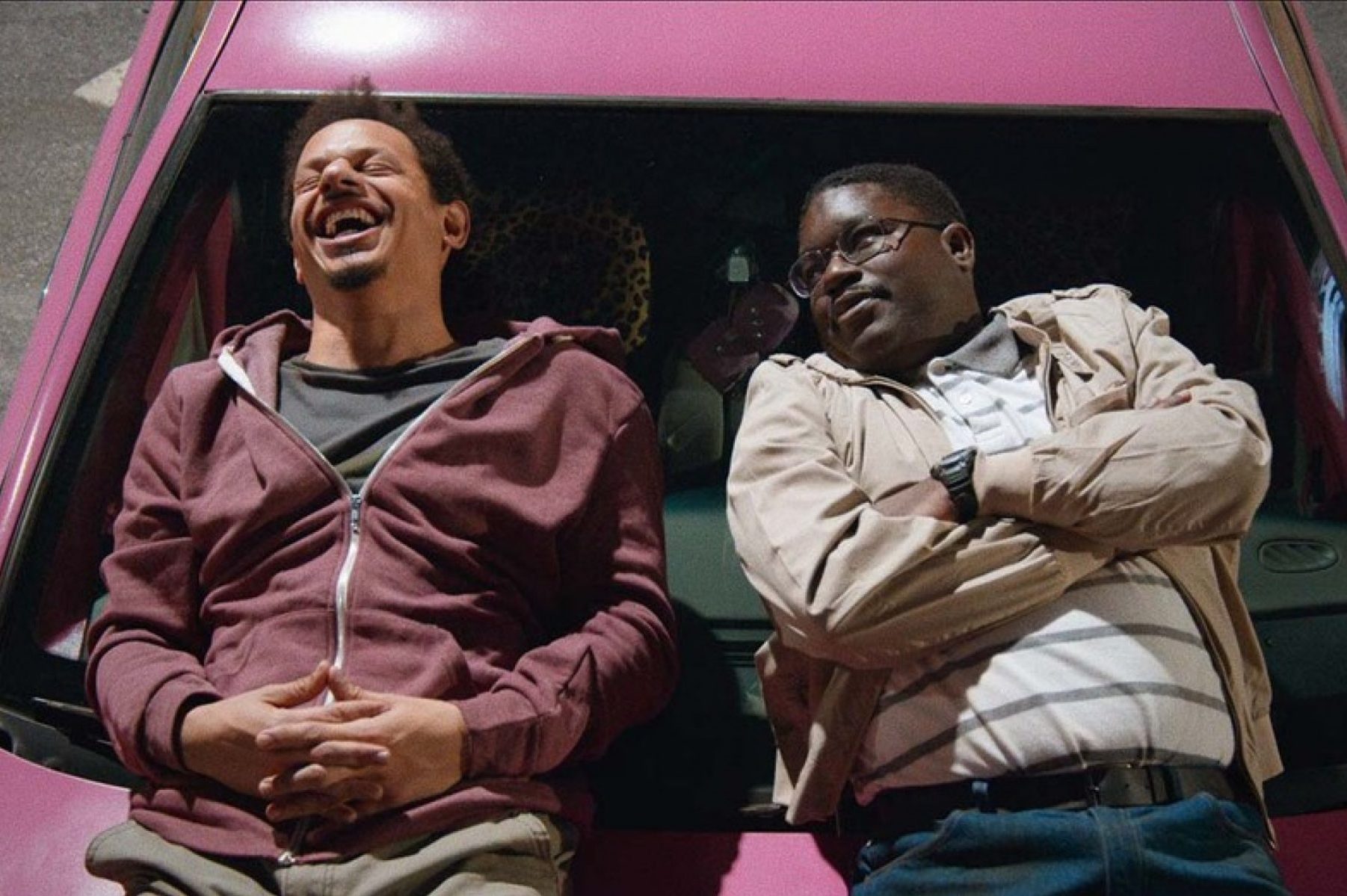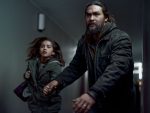When the world is looking for a little light and laughter it turns to comedy to help us relieve pent-up stress. But Netflix’s new original movie “Bad Trip” is just a bad time. Starring Eric Andre, Lil Rel Howery and Tiffany Haddish, “Bad Trip” follows two friends who take a road trip to New York City in an effort to escape their hometown and chase a high school crush. Along the way, they pull raucous pranks on unsuspecting bystanders but honestly, I’m not too sure anyone was laughing in the audience as much as they were hoping to. Mainly because the people in the film seemingly couldn’t share in the joke too.
I was initially intrigued by this movie because it’s been a while since we’ve seen a prank film. The formatting of the film was very unique. Played by real actors following a script, there is a loose storyline. Bud (Howery) and Chris (Andre) start out working in their respective jobs — Chris as a car washer and Bud at a phone repair store. The audience knows that the people the two are interacting with are real people but they don’t know that Bud and Chris are actors or that they are pranking them.
Chris starts at the car wash talking with the guy whose car he’s working on, when he sees this girl, Maria (played by Michaela Conlin). Apparently, she is his high school crush and the client tells him to “shoot his shot,” and Chris tells him that he will as soon as she comes back. Then he tells the guy to turn on the vacuum cleaner. And off goes his clothes. The guy is shocked, but Chris is so upset because he’s only focused on speaking to Maria; it’s embarrassing but perhaps it’s a little bit funny. This movie is supposed to be darkly humorous but jokes are funnier when they’re happening to other people. At least when the film is not “taking its aim at the innocent bystanders” according to Vulture.
On the flip side, we see Chris working at a juice shop a year later. There he’s serving the fruit with his hands and a woman is naturally getting upset. He tells her jokes about how the best chefs use their hands but all she wants is her juice — minus his germs. To which he points her to a donation jar with a child’s face on it since he can see how frustrated she’s becoming. Now, why is this funny? If not handled well, jokes about other people, who aren’t there to laugh for themselves, are cruel and uncomfortable — for the viewer and the unsuspecting bystander. We feel for the woman, who’s confused just as much as she is annoyed. At the moment, we do not get to laugh at the hard time she’s having at the store.
Then we get to the climax of the scene when Chris puts his hand in the blender after another chance encounter with Maria, who tells him she’s going on a plane to New York. The blender turns on, his hand starts to churn and blood sprays everywhere. It’s so unrealistic and graphic it’s horrifying, but it might have even been funny — had all those other things not led up to it. I gathered that prank jokes are supposed to follow a formula.
- Consent is key. Obviously, if the person doesn’t know they’re being filmed or will be at the butt end of a joke, hopefully, they’ll be made aware of it at the end. (But since this film plays out as part of a narrative, the audience at home doesn’t get to see that until the very end, which still accompanies a similar set of issues.)
- Laughter is necessary. And if the people in the scenes aren’t laughing then why should the audience at home? Suddenly we’re feeling their discomfort and anxiety as if we were there and that’s not supposed to be the point of the film.
- The punchline. If the punchline comes too late, at the expense of the person’s frustration or unwillingness to participate, then what’s the point of doing the skit? Their annoyance isn’t funny, it’s annoying.
Even though at the very end of the film, we find out that the bystanders are eventually clued into the pranks, that doesn’t mean that the crux of the joke doesn’t stem from the discomfort of total strangers. When we get the extra takes of how many people they had to go through in order to get the perfect reaction, it just makes you cringe knowing that so many people were so uncomfortable, angry or unwilling in the moment. But good comedy means the best reaction I guess and if people didn’t give the cameras what they want, they didn’t stop there.
There were a few touching moments though. There is a moment when Chris is on the bus with Bud, and they’re discussing road trip plans, Chris starts singing and the guys beside him start laughing. This allowed you to laugh with them, seeing that they enjoyed his antics and could make things funny. But so many other times you felt as uncomfortable as the people they were interacting with. Like when we see Chris stumble into the bar peeing. It was pretend, of course, but imagine seeing that!
“Bad Trip” gave me flashbacks to the film “Bad Grandpa,” which again, was just as bad, especially because the people being pranked were typically so nice. And here these actors are, making really bad jokes and putting people in really uncomfortable situations.
There’s a scene where Bud and Chris go to the zoo and Chris sees the gate to the gorilla pit open. And of course, he goes in. At first, you worry for the people’s safety — is it truly a real gorilla? — and then you see the gorilla hit his head and the audience at home can guess, no, it’s someone in a suit. But no one who’s at the zoo with them is laughing; however, everyone pulls out their phones. So perhaps, the reality of this prank film isn’t set in the humor, but whether or not people can still pull out their phones to hit record. Little did they know they’d be in a Netflix film to see it all over again anyway.

















